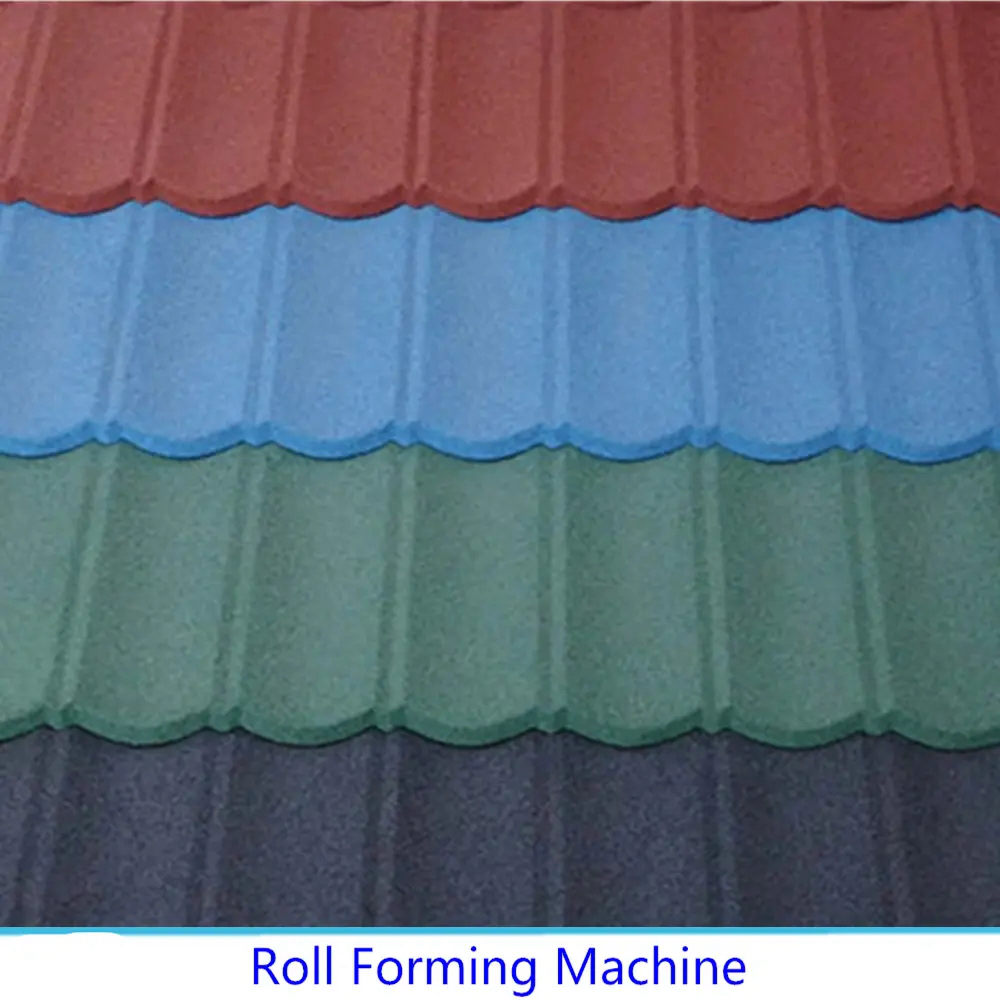
The Importance of Truck Fender Cold Bending Machines in Modern Manufacturing
In today's fast-paced manufacturing world, efficiency and precision are paramount. One of the machines that have gained prominence in the metallurgical and automotive sectors is the truck fender cold bending machine. This innovative piece of equipment plays a crucial role in the production of truck fenders, which are essential components for protecting vehicles and enhancing their aesthetic appeal.
Understanding Truck Fender Cold Bending Machines
A truck fender cold bending machine is specifically designed to bend metal sheets into the desired shapes necessary for truck fenders. Unlike traditional bending processes that often involve heat, cold bending is performed at ambient temperatures, enabling manufacturers to preserve the material's integrity and mechanical properties. The process also eliminates the thermal stress that can lead to warping or weakening of the metal.
Cold bending machines utilize advanced technology to achieve high levels of precision. They are equipped with modern control systems that enable operators to input specific parameters, ensuring that each bend is executed to exact specifications. This precision is essential in the automotive industry, where even minor deviations can affect the overall design and functionality of the vehicle.
Advantages of Cold Bending Technology
1. Enhanced Durability The cold bending process helps maintain the metallurgical properties of the material, resulting in truck fenders that are not only aesthetically pleasing but also robust and durable. As vehicles traverse varying terrains, the strength of the fender is crucial in protecting other vehicle components from debris and potential damage.

2. Cost-Effectiveness By eliminating the need for heat treatment, cold bending machines reduce energy consumption, leading to lower operational costs. Additionally, the efficiency of operation allows manufacturers to produce more parts in less time, significantly boosting productivity and profitability.
3. Eco-Friendly Operation Cold bending machines are more environmentally friendly compared to traditional methods. The reduced energy requirement minimises the carbon footprint associated with manufacturing, aligning with the growing emphasis on sustainability in industrial operations.
4. Versatility A cold bending machine can work with a variety of materials including aluminum, steel, and other alloys, making it a versatile tool in the production line. This adaptability means manufacturers can produce fenders for different truck models without needing extensive reconfiguration.
5. Consistent Quality With advanced technology, cold bending machines ensure that each fender produced meets stringent quality standards. This consistency is critical in the automotive industry where quality control can impact safety ratings.
Conclusion
The truck fender cold bending machine represents a significant advancement in manufacturing technology. Its ability to produce high-quality components efficiently and cost-effectively has made it a go-to solution for many automotive manufacturers. As the industry continues to evolve, the demand for innovative machinery like this will only grow, underscoring the importance of investing in advanced manufacturing technologies.
With ongoing advancements, truck fender cold bending machines are likely to integrate even more sophisticated features, including automated processes and smart technology for predictive maintenance. The future of truck fender production looks promising, driven by the efficiency and reliability that cold bending technology offers. As manufacturers aim to meet the demands of a rapidly changing market, the role of these machines will undoubtedly be pivotal in shaping the next generation of automotive components.